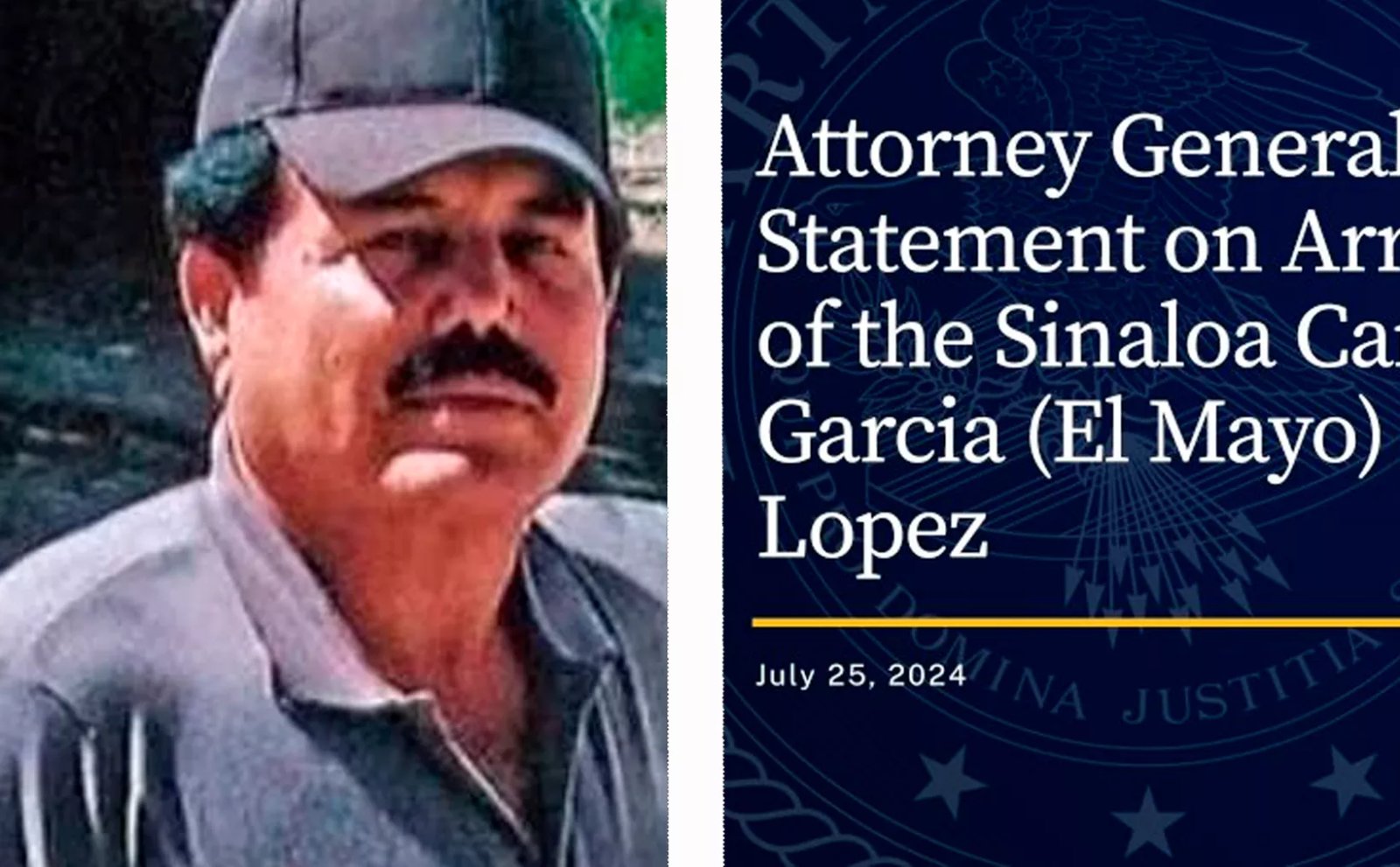Green School Tulum: The Future of Sustainable Education in Mexico
Green School Tulum Promises to be Ready for Students for 2022-2023 School Year
Climate change is the greatest environmental threat facing the world and humanity. Every day we generate waste that completely damages and impacts the planet. Among the most severe consequences are water shortages and pollution as a result of floods, droughts and extreme weather conditions.
Basic actions such as the 5Rs: Recycle, Reuse, Reduce, Refuse, Rethink are very effective, albeit in the short term. In search of significant changes, environmental education enters as a protagonist agent of the future with viable and real solutions, which is why it is considered a formative element of a responsible and active citizenship, constituting a transversal thematic axis at all levels of education.

“Raise kids who are different,” is the motto held by Canadian artisan couple Cynthia and John Hardy. “Perhaps they will become the next green leaders who will create a paradigm shift in a world where people work to make everything perfect, but don’t pay attention to the real problems,” they say.
In 2008, the two put their desire for transformation into action by bringing to life the Green School Tulum, an architectural gem made entirely of bamboo – in the middle of the jungle of Bali Indonesia. They started with just 90 students, and today they have many more followers. Students receive a holistic education that is divided into four sections: intellectual, social-emotional, creative and physical.
At Green School, students not only study green but also live green. According to its creators, this is the only way to generate true change, from the full love for mother earth. In addition to the traditional curriculum, which will later give them access to official universities, students graduate with the projects and workshops they have conceived and materialized during each stage to become ecological leaders of the future.
The positive effect of this revolutionary methodology has led it to be replicated in other destinations around the world: currently, there are two sanctuaries located in New Zealand and South Africa, and given its geography and community development, Tulum, Mexico, was chosen for a new site, created under the influence of the local landscape and culture.
Within the new residential tourism project of Zamá Desarrollos, Selvazama, -driven by the engineer Rodolfo Rosas together with his partners: the engineer Carlos Palma Rodríguez, the architect Manuel Palma Rodríguez and the businessman Juan Enrique Cámara- there will also be a place for this avant-garde educational center. Selvazama not only seeks to impact tourism, but also aims to leave its mark on people who want to be part of a community that will become an agent of change. It is in this way that – in the heart of the Mexican Caribbean jungle – meters away from the ruins and beautiful beaches, Green School Tulum is born, which is scheduled for the 2022-2023 cycle.
“Tulum needs a school that can bring values and collective consciousness, and that can be found in Green School,” says Rodolfo Rosas, pioneer of Zamá Desarrollos.
Conceived to be in the midst of nature, the design here plays a central role – not only will it be made of bamboo, an eco-sustainable material, but eco-technologies such as solar panels, rainwater harvesting resources, irrigation systems and compost spaces will be implemented. And everything will be integrated with the magnificent surroundings.
To achieve a unique connection with the innovative characteristics of the Green School, the educational spaces will have no structural limitations such as walls, floors or windows.
In tune with the community, the mysticism of the original village will be rescued, respecting the Mayan ruins, by implementing limestone used in the archaeological temples of the Yucatan Peninsula.
This model of education is the present and the future. It is ambitious, creative, sensitive, inspiring and above all, sustainable. Once again, the Mexican Caribbean is the scene of sustainable actions that seek to make a more caring planet a reality for its inhabitants as a whole. An example that could be replicated throughout the national territory with a view to future generations.
Source: Forbes Mexico











